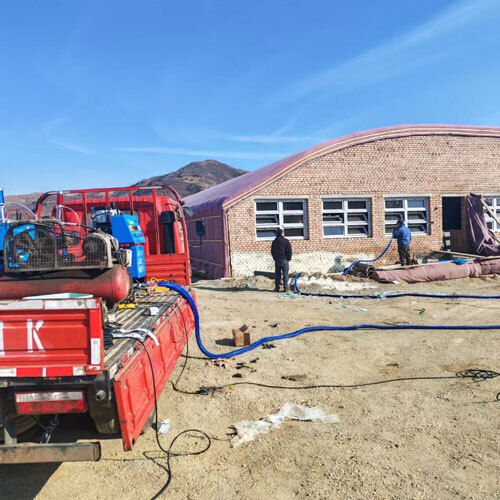Advanced Spray Machine Operation: Precision Techniques for Polyurethane Insulation in Residential Buildings
- 2025-04-16
- View 19
Adapting to Architectural Heritage
In historic timber-frame homes across New England, polyurethane spray systems demonstrate unique compatibility with irregular surfaces. Contractors report exceptional success in preserving original features while upgrading thermal performance. A Victorian-era home retrofit in Boston showcases how the material seamlessly filled 19th-century balloon framing cavities, reducing draft-related heat loss by 80% without compromising structural integrity.






Climate-Responsive Formulations
The technology’s true strength lies in its regional adaptability:
Northern Climates: Thicker closed-cell applications create vapor barriers that withstand -30°F winters
Coastal Regions: Moisture-resistant formulas prevent saltwater corrosion in beachfront properties
Arid Zones: Breathable open-cell variants allow natural humidity regulation in desert dwellings
A Texas case study reveals how hybrid formulations helped homeowners balance summer cooling needs with winter warmth, achieving year-round indoor comfort within 3°F fluctuation range.
Safety & Sustainability Synergy
Modern installations prioritize both occupant health and environmental impact. Low-VOC formulations now dominate the market, with curing times shortened to 12-24 hours. Fire-retardant additives meet stringent building codes, while recycled material content reaches 30% in premium products.
Cost-Effective Longevity
Though initial investment exceeds traditional insulation methods, lifecycle analysis shows compelling returns:
50% reduction in HVAC runtime within first year
A Michigan homeowner documented 22% annual energy savings over seven years, fully recouping costs within the warranty period.
The content of the above article, only for the user's reference, not as the basis for construction



